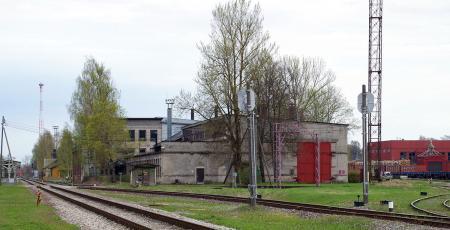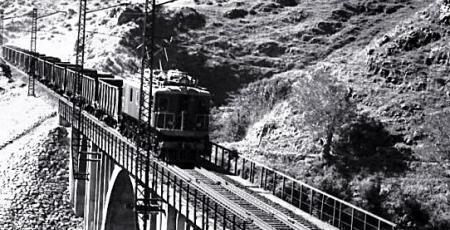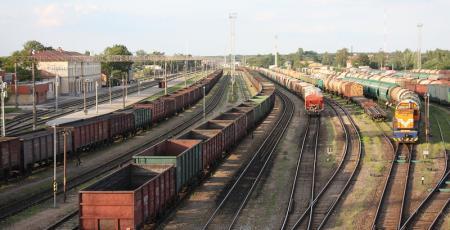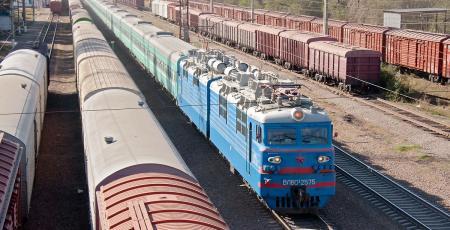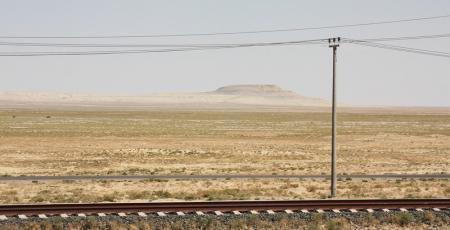Tapa is a station on the Tallinn - Tartu and Tallinn - Narva lines of the Estonian Railways.
In the post-war years, the Department of Plants of Lentransproekt (since 1951 - Lengiprotrans)...
International projects
International projects
Over more than 80 years, some 400 projects in 16 countries have been built and reconstructed after the designs developed by Lengiprotrans: railway lines, hubs and stations, power lines, production facilities, railway terminals, bridges and viaducts.
The project geography is vast: Russia, the Baltic States, the Middle East, and CIS.
In 1970–1980, Lengiprotrans had its permanent representation office in the Republic of Cuba.
The page shows the objects of the selected type, the design of which was performed in the selected period
Tartu is a station on the Tallinn - Valga and Tallinn - Koidula lines of the Estonian Railways.
In the post-war years, the Department of Plants of Lentransproekt (since 1951 - Lengiprotrans)...
Shortly before the beginning of the Great Patriotic War, Lenzheldorproekt (in 1955 became part of Lengiprotrans) began designing the Kirovabad (now Ganja) - Dashkesan railway line on the territory...
In 1930-1940s Lengiprotrans developed the general layout of the Riga railway junction. It was of strategic importance for the economic development of the Republic of Latvia and the Soviet Union as...
Since its founding, Lentransproekt (since 1951 — Lengiprotrans) has been engaged in the transport development of the Kazakh SSR for the development of areas of fallow virgin lands and deposits on...
From the moment of its foundation "Lentransproekt" (since 1951 - "Lengiprotrans") was engaged in the transport development of the Kazakh SSR. The railways were intended for the development of...
Pages



